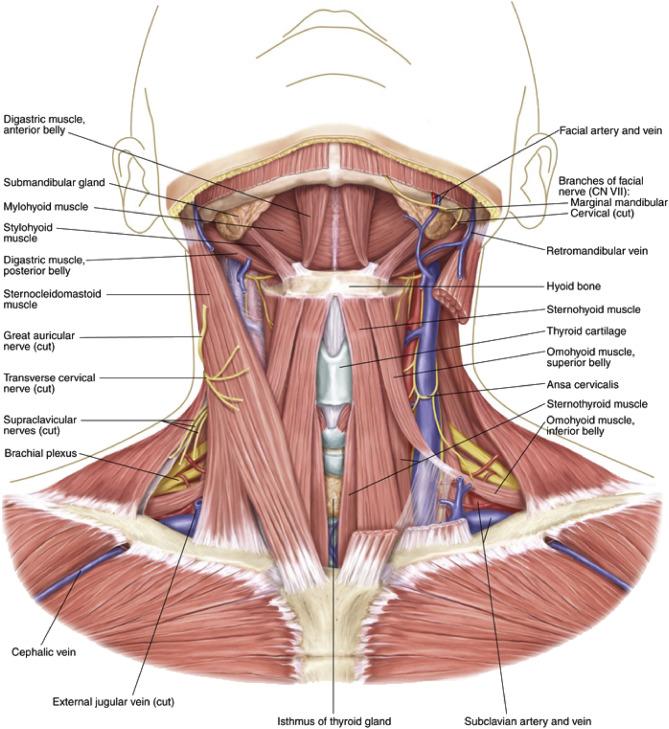In the quiet shadows of Alabama’s justice system, a historic moment unfolded as the state pioneered a controversial method of execution. Kenneth Eugene Smith, convicted for the brutal murder of Elizabeth Dorlene Sennett in 1988, became the first person in the United States to be executed by nitrogen hypoxia—a method shrouded in scientific precision and ethical debate. As the chamber filled with an invisible, odorless gas, the execution marked a stark turning point in the state’s approach to capital punishment, raising profound questions about retribution, mercy, and the evolving landscape of criminal justice. In a groundbreaking execution method,Alabama carried out its first-ever nitrogen hypoxia death sentence,marking a significant moment in the state’s criminal justice system. The condemned man, Kenneth Eugene Smith, was sentenced to death for a brutal murder committed over three decades ago.
Smith’s execution involved a novel approach using nitrogen gas, a method touted by state officials as more humane than conventional lethal injection. The procedure works by replacing oxygen with nitrogen,causing unconsciousness and ultimately death through asphyxiation.
The case originated from a heinous crime committed in 1988, where Smith was convicted of murdering Elizabeth Dorlene Sennett by stabbing her as part of a murder-for-hire plot. His involvement in the brutal killing had haunted the victim’s family for decades, and the execution represented a long-awaited sense of justice.
Legal battles surrounding Smith’s execution were intense and prolonged. Multiple appeals and constitutional challenges delayed the final sentencing, with arguments focusing on the unprecedented nature of nitrogen hypoxia as an execution method. The U.S.Supreme Court ultimately allowed the execution to proceed, setting a potential precedent for future capital punishment cases.
Witnesses reported that Smith appeared calm during the execution process. He was strapped to a gurney and a mask was placed over his face, through which nitrogen was administered.Medical professionals monitored his vital signs as the gas gradually replaced oxygen in his system.
The execution sparked significant debate about capital punishment methods and the ethical considerations surrounding state-sanctioned death sentences.Advocates argue that nitrogen hypoxia could be a more peaceful alternative to traditional lethal injection, which has faced criticism for potential painful or unpredictable outcomes.
Alabama is one of several states exploring alternative execution methods in response to difficulties obtaining traditional lethal injection drugs. The nitrogen hypoxia approach represents a technological and procedural evolution in capital punishment strategies.Smith’s execution concluded a decades-long legal journey that began with a murder that shocked the local community.The case underscored the complex intersection of criminal justice, technological innovation, and societal approaches to punishment.
As the first nitrogen hypoxia execution in the United States, this event will likely be closely studied by legal experts, medical professionals, and criminal justice researchers seeking to understand the implications of this novel approach to capital punishment.






